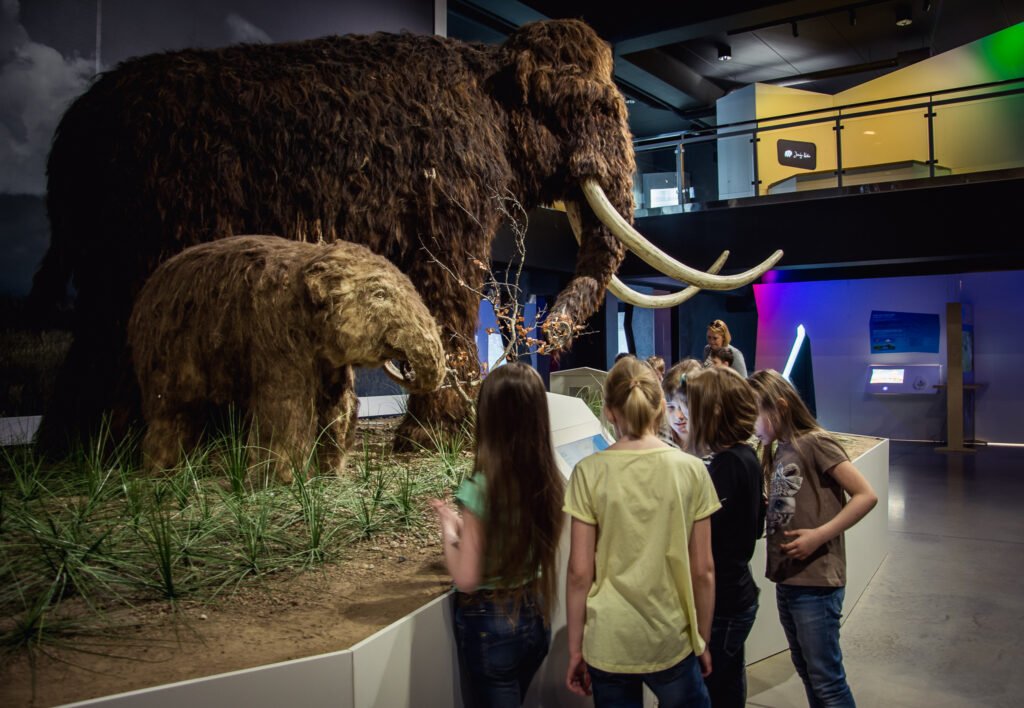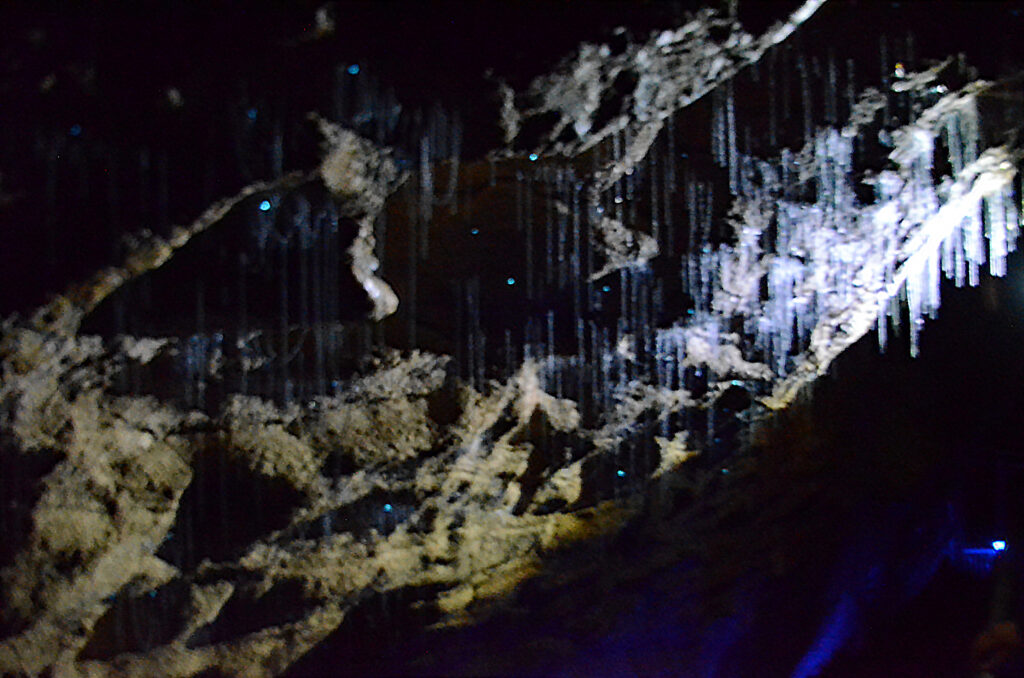Imagine standing on the edge of Beijing’s outskirts, the wind biting at your cheeks, and picturing herds of enormous, shaggy mammoths trudging through the icy plains where today’s bustling city now sprawls. It’s almost impossible to believe, but just a blink ago on the scale of Earth’s history, northern China was home to these awe-inspiring, shaggy giants. The ground beneath our feet hides remnants of a world where mammoths ruled, a world both strange and strangely familiar. Their story is one of survival, adaptation, and ultimately, mystery — and it all happened right here, in what we now call Beijing’s backyard.
The Arrival of Mammoths in East Asia
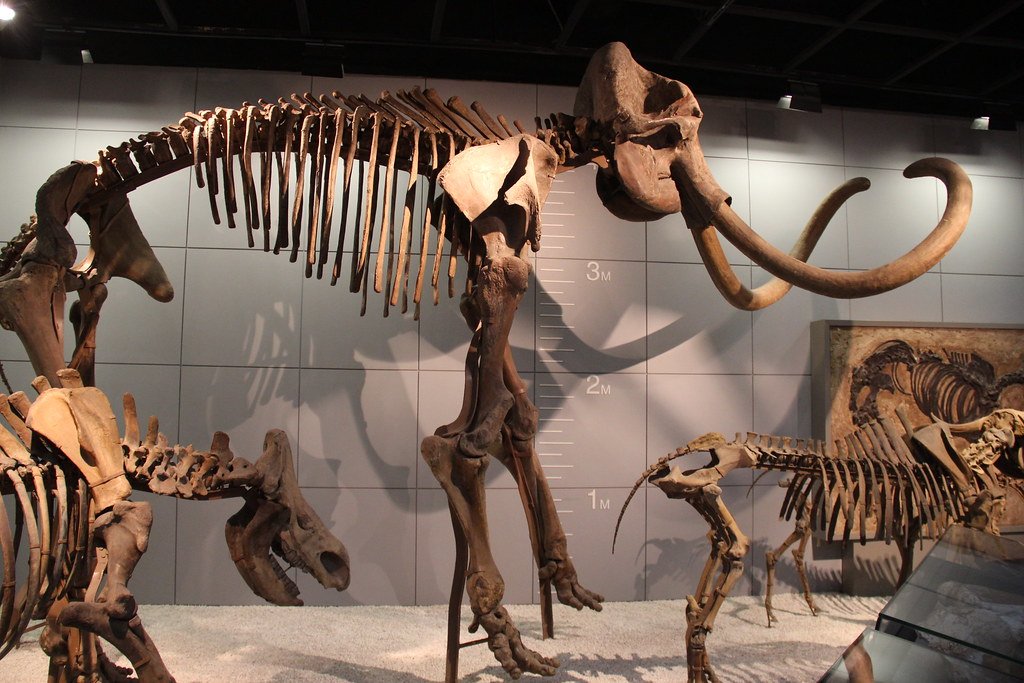
Mammoths didn’t always call northern China home. These behemoths migrated from the colder grasslands of Eurasia into East Asia during the Pleistocene epoch, roughly 1.5 million years ago. Driven by shifting climates and the search for food, their slow march southward led them into the valleys and plains that would one day cradle Beijing. Fossil evidence shows that mammoths adapted to the changing environment, finding new ways to survive in the harsh conditions of Ice Age China. This migration was not just a matter of geography, but of resilience and instinct, shaping the very animal itself. The journey was treacherous—filled with predators, freezing temperatures, and unpredictable ice sheets. But for mammoths, these obstacles were just part of life. Their story in China begins with this relentless, awe-inspiring trek.
The Woolly Mammoth: Icon of the Ice Age
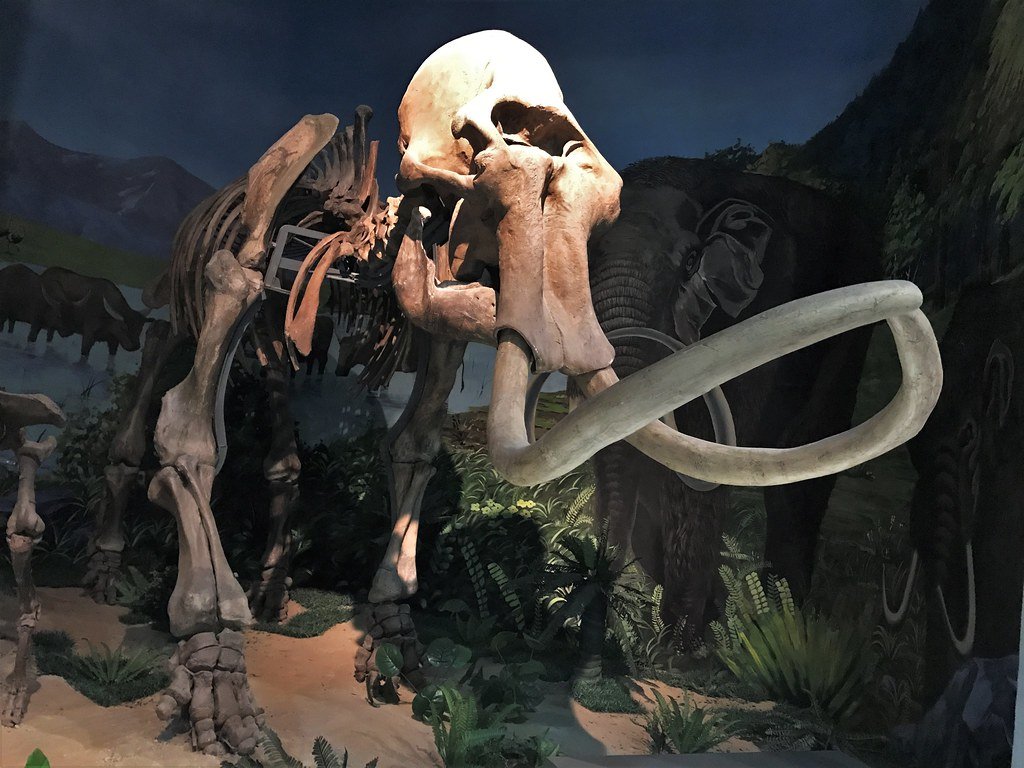
The woolly mammoth is the superstar of the Ice Age, instantly recognizable by its long, curved tusks and thick, shaggy coat. These creatures were perfectly adapted to the bitter cold, with a double layer of fur, fat deposits up to four inches thick, and even specialized blood proteins that helped them retain heat. In northern China, their presence was unmistakable; massive bones and tusks have been unearthed from riverbeds and ancient lake shores. Their size was staggering—some stood as tall as an adult elephant, with tusks that could reach over five meters in length. The woolly mammoth’s physical adaptations are a testament to nature’s creativity in the face of adversity. Every aspect of their design screamed survival, from their humped shoulders to their short, stocky legs that resisted frostbite.
The Beijing Backyard: A Surprising Ice Age Habitat
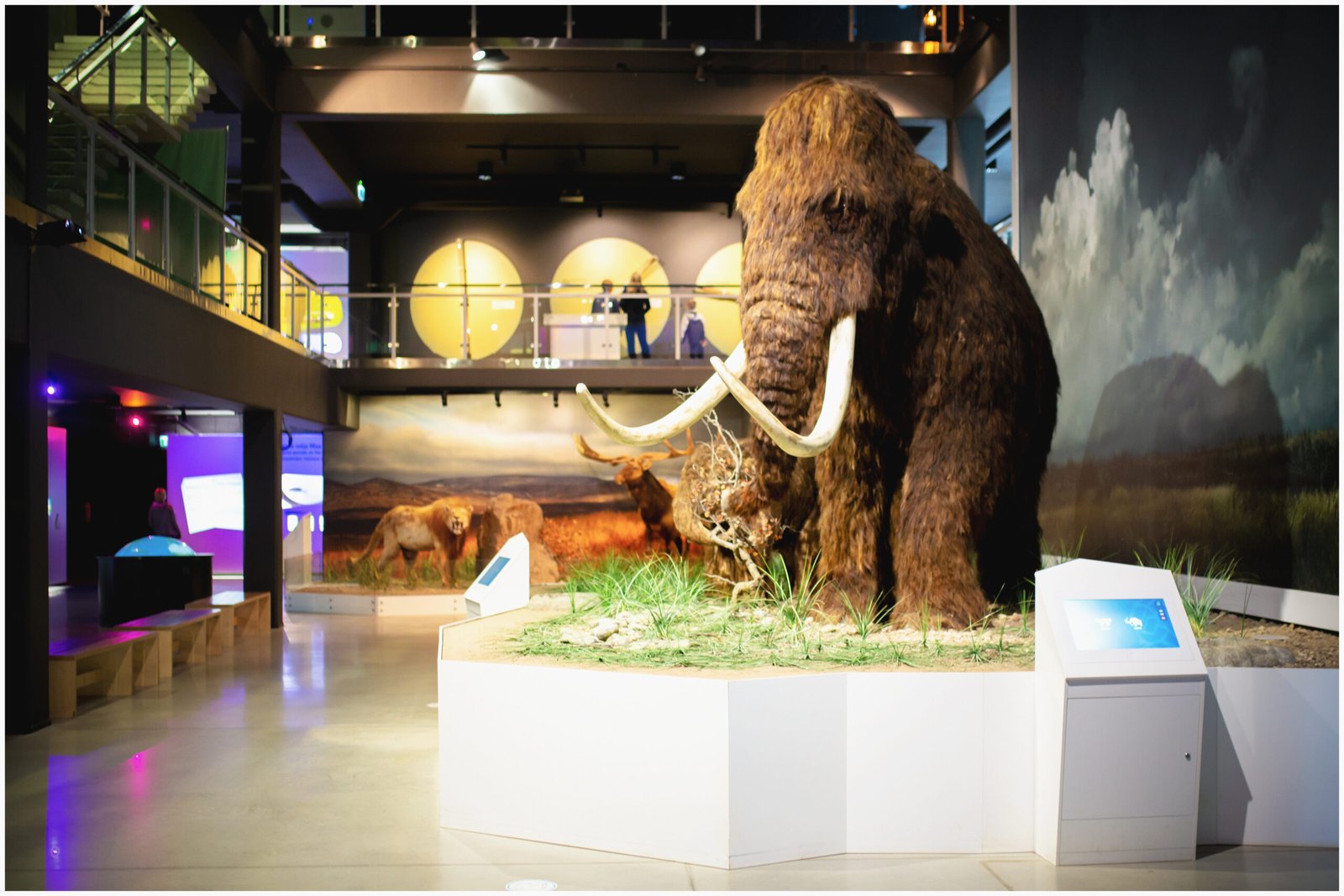
When we think of Beijing today, we imagine skyscrapers, traffic, and endless city life. But rewind 20,000 years, and this landscape was a chilly steppe—wide open, windswept, and perfect for mammoths. The region boasted grasslands and sparse forests, providing plenty of food for these hungry giants. Cold winds from Siberia swept down, keeping the land frozen for much of the year. The soil, known to scientists as permafrost, locked away not just mammoth bones but seeds, pollen, and even traces of ancient dung. It’s almost comical to imagine herds of mammoths lumbering where subway lines now run, but this was their reality. The environment shaped the creatures, and the creatures shaped the land in return.
A World of Giants: Mammoth Neighbors in Ancient China

Mammoths shared their world with other impressive Ice Age beasts. Northern China’s plains were also home to woolly rhinoceroses, giant deer with antlers as wide as dinner tables, and even saber-toothed cats. These animals competed for resources, hunted each other, and formed a complex web of life. The presence of so many large mammals suggests that the land could support abundant plant life, even in cold conditions. The mammoths, with their insatiable appetites, played a crucial role in maintaining the ecosystem. By trampling vegetation and spreading seeds in their dung, they shaped the very grasslands they depended on. Their neighbors, in turn, helped keep populations in balance—a delicate dance of survival and adaptation.
What Did Mammoths Eat in Northern China?
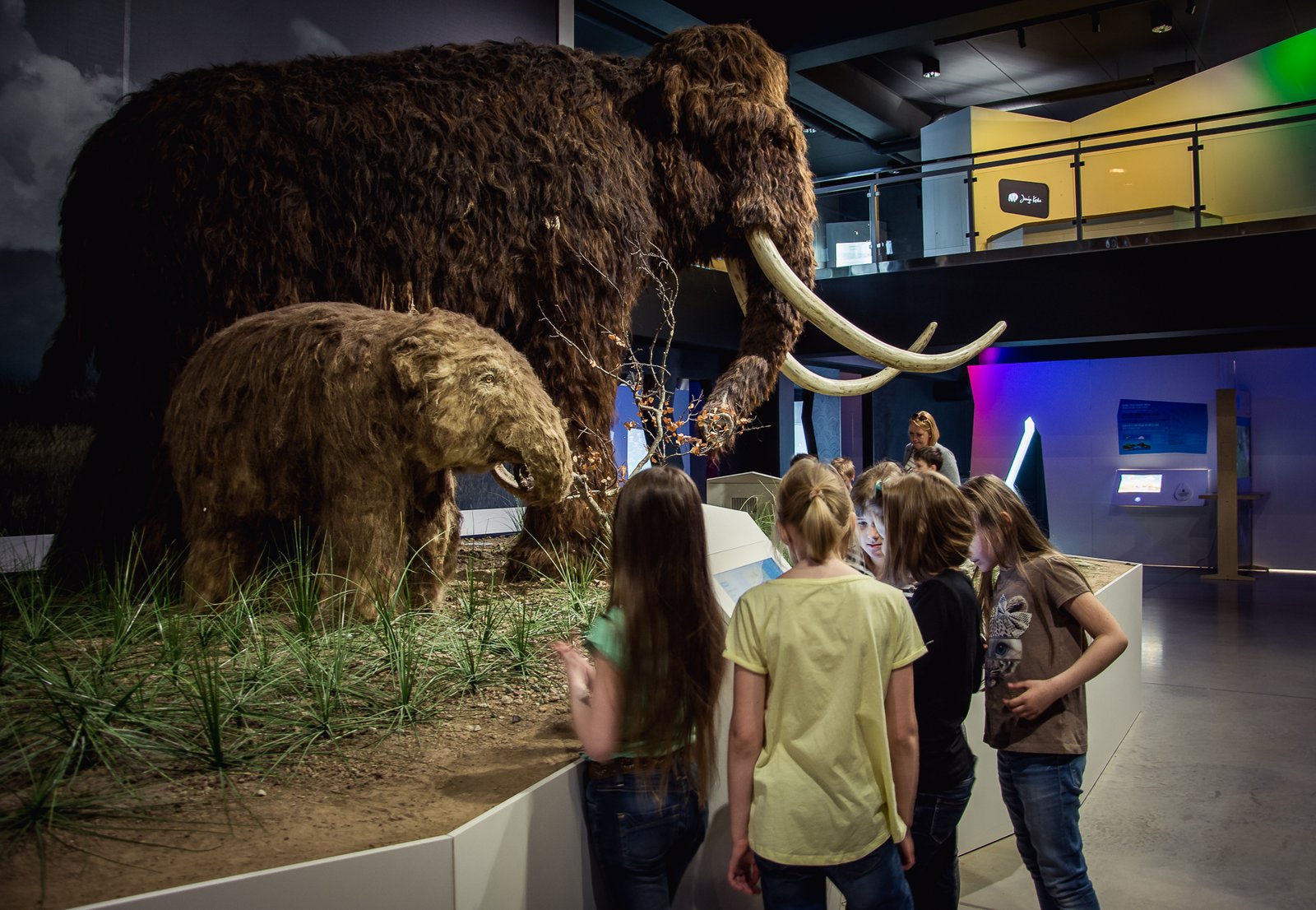
You might picture mammoths munching on leaves, but their diet was far more interesting. In the frozen plains of northern China, mammoths dined on tough grasses, sedges, and wildflowers that poked through the snow. Their massive molars were perfectly suited for grinding down fibrous plants that would make a modern cow choke. Scientists have analyzed the preserved stomach contents and even mammoth dung to learn what these creatures ate. The findings paint a picture of a tough, resourceful animal making the most of whatever the land offered. Their constant grazing helped keep the grasslands open and healthy, creating a cycle that benefited many other species as well. The mammoths’ menu might seem dull, but it was the foundation of life for all Ice Age giants in the region.
How Did Mammoths Survive the Harsh Cold?
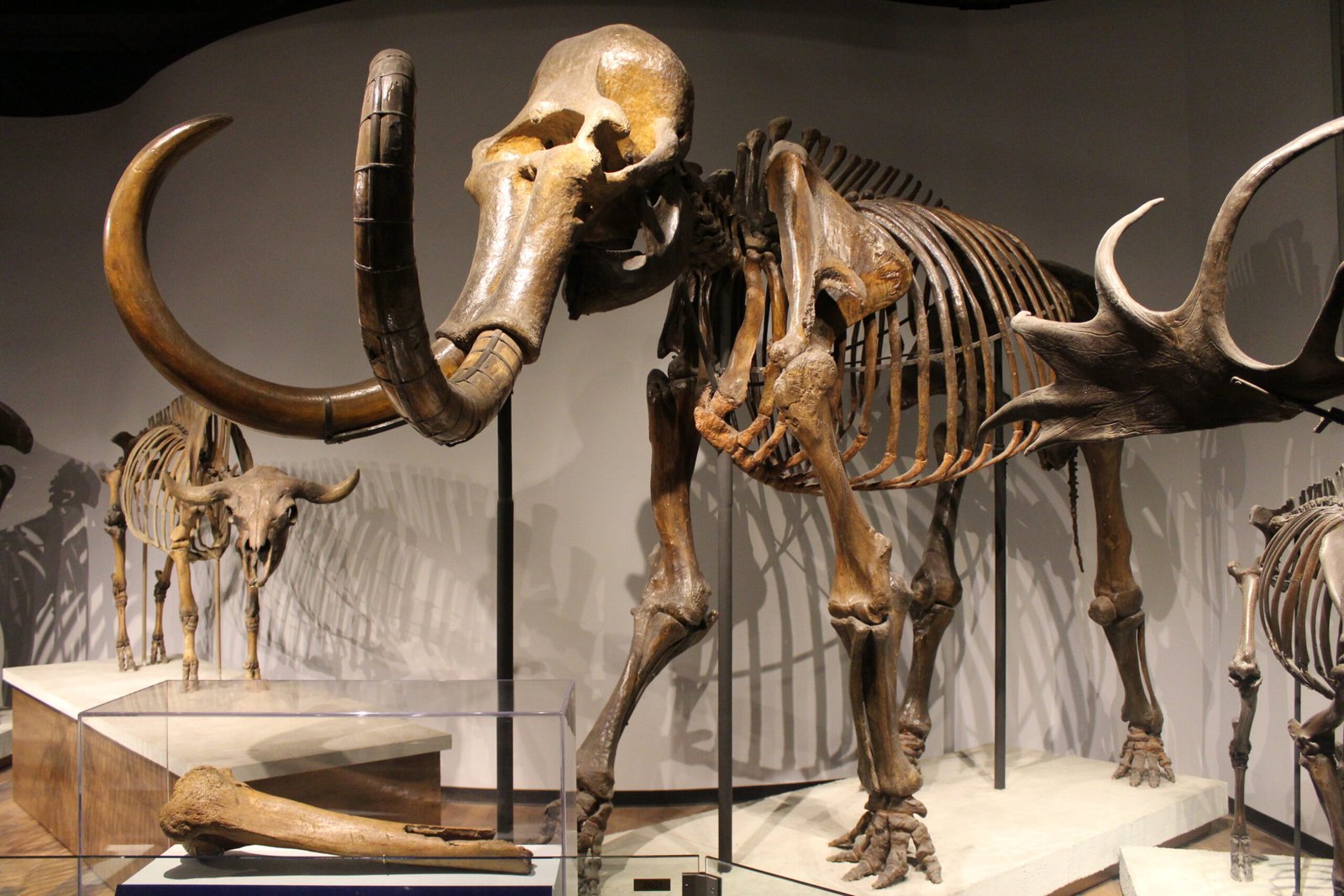
Surviving Ice Age winters wasn’t easy, but mammoths were built for the challenge. Their thick fur trapped warm air close to the skin, while layers of fat provided insulation against biting winds. Even their small, rounded ears were an adaptation to prevent heat loss—unlike today’s elephants with their large, floppy ears for cooling off. Some scientists believe mammoths could even adjust their metabolism to conserve energy during the coldest months, much like modern Arctic animals. They traveled in family herds, huddling together for warmth and protection against predators. Survival was a team effort, and every day was a fight against the cold, hunger, and lurking danger. The resilience of these animals is hard to overstate—it’s like walking around in a furry parka, year after year.
The Evidence Beneath Our Feet: Fossil Discoveries Around Beijing
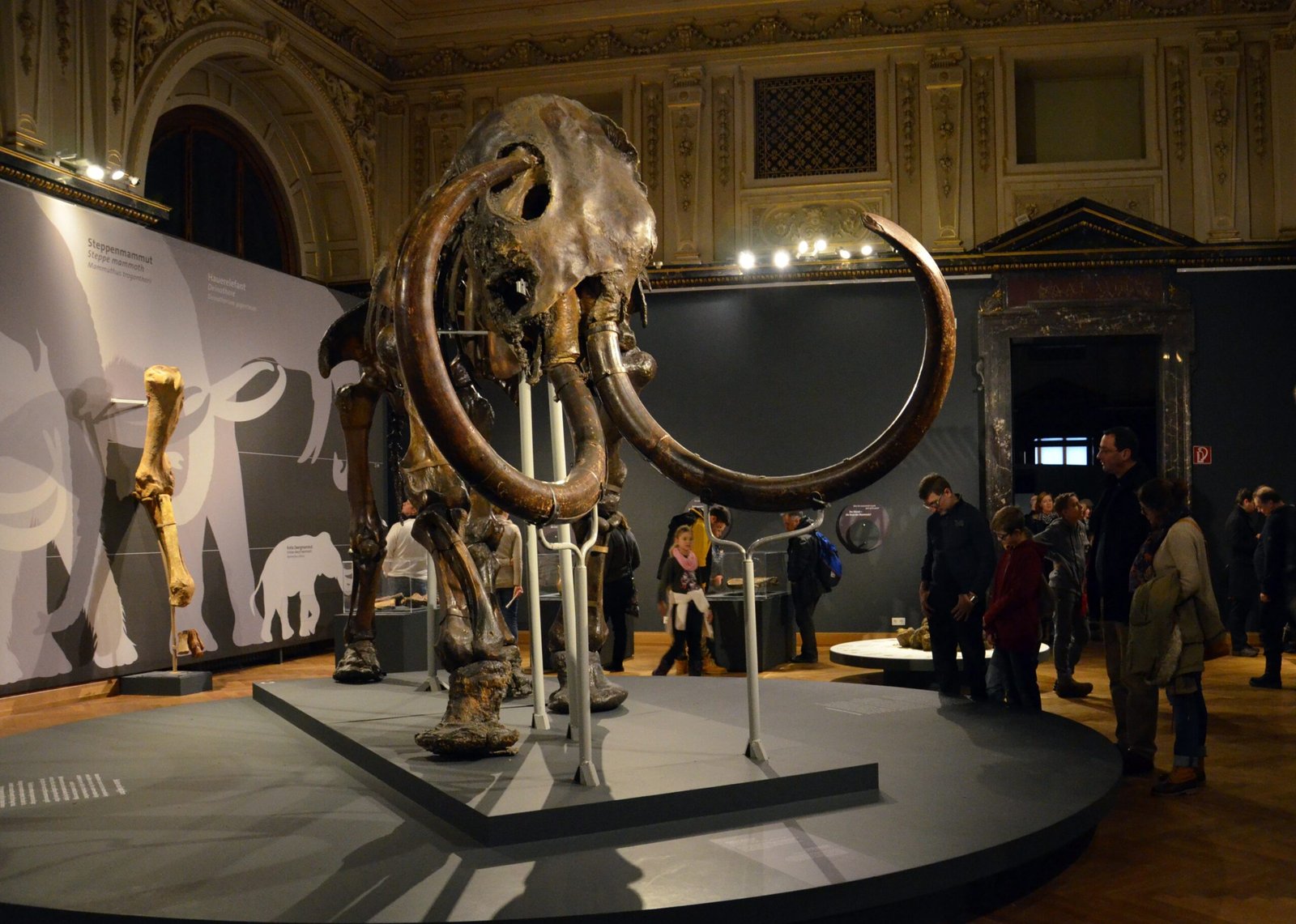
Northern China has proven to be a treasure trove of mammoth fossils. Over the decades, construction sites, riverbanks, and cave excavations have yielded bones, teeth, and entire tusks. Some discoveries have been accidental—imagine digging a foundation and unearthing a bone bigger than your arm! The most significant finds often turn up in the loess plains, where windblown sediments have preserved remains for thousands of years. Each fossil tells a story, offering clues about the mammoth’s age, diet, and even cause of death. Scientists painstakingly piece together these fragments, reconstructing herds that once roamed freely. For locals, the discoveries are a thrilling reminder of the wild past beneath the city’s modern surface.
The Mammoth’s Role in Ancient Human Life
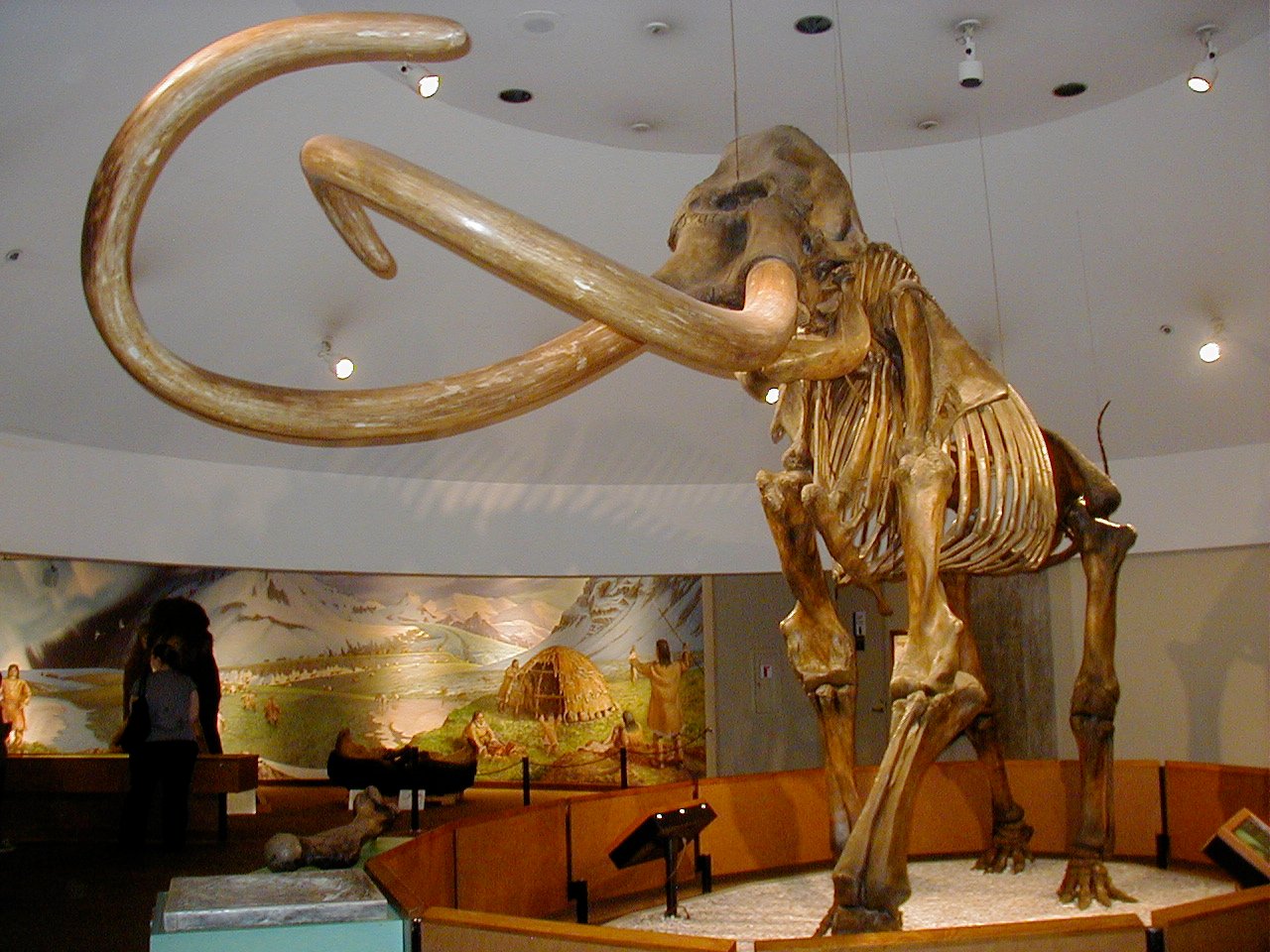
For the prehistoric people of northern China, mammoths were more than just distant, lumbering figures on the horizon. These animals provided meat, bone, and ivory—vital resources for survival. Archaeological evidence shows that early humans hunted mammoths, sometimes driving them into traps or ambushes. Their bones were fashioned into tools and shelters, while tusks became prized carvings or even early art. The relationship between humans and mammoths was complex, blending respect, necessity, and ingenuity. It’s hard to picture a world where a single animal could feed a village for weeks, but for ancient hunters, the mammoth was both challenge and opportunity.
The Mystery of Their Disappearance
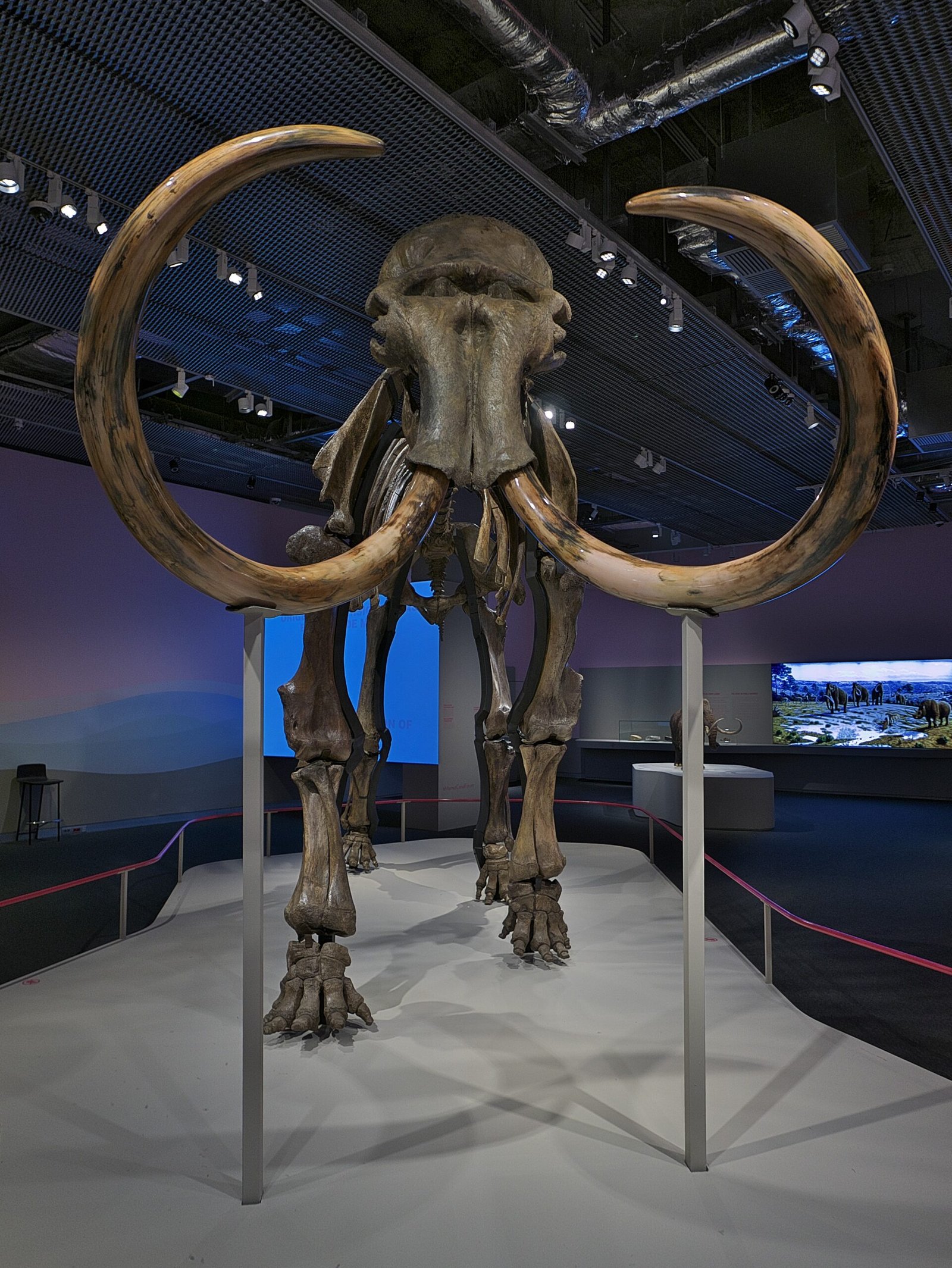
The question that haunts scientists is simple: what happened to China’s mammoths? Around 10,000 years ago, these giants vanished from the landscape. Climate change played a major role—warming temperatures melted the permafrost, transforming grasslands into forests and marshes. The mammoth’s specialized diet and lifestyle couldn’t adapt fast enough. But humans may have also played a part, hunting the last herds as they struggled to survive. Disease, habitat loss, and competition with other animals could have tipped the balance. The truth is likely a combination of these factors, creating a perfect storm that spelled the end for mammoths in Beijing’s backyard.
The Science of Mammoth DNA
Recent breakthroughs in genetics have brought the world of mammoths closer than ever. Scientists have extracted DNA from frozen mammoth remains, piecing together their genetic code like a massive, icy puzzle. These studies reveal not only how mammoths adapted to cold, but also how closely they’re related to today’s elephants. The possibility of cloning or resurrecting mammoths sparks heated debate—would bringing them back help restore lost ecosystems, or would it be playing with fire? The science is still in its infancy, but each new discovery sheds more light on what made mammoths unique, and why they’re so deeply missed.
The Mammoth in Chinese Myth and Culture
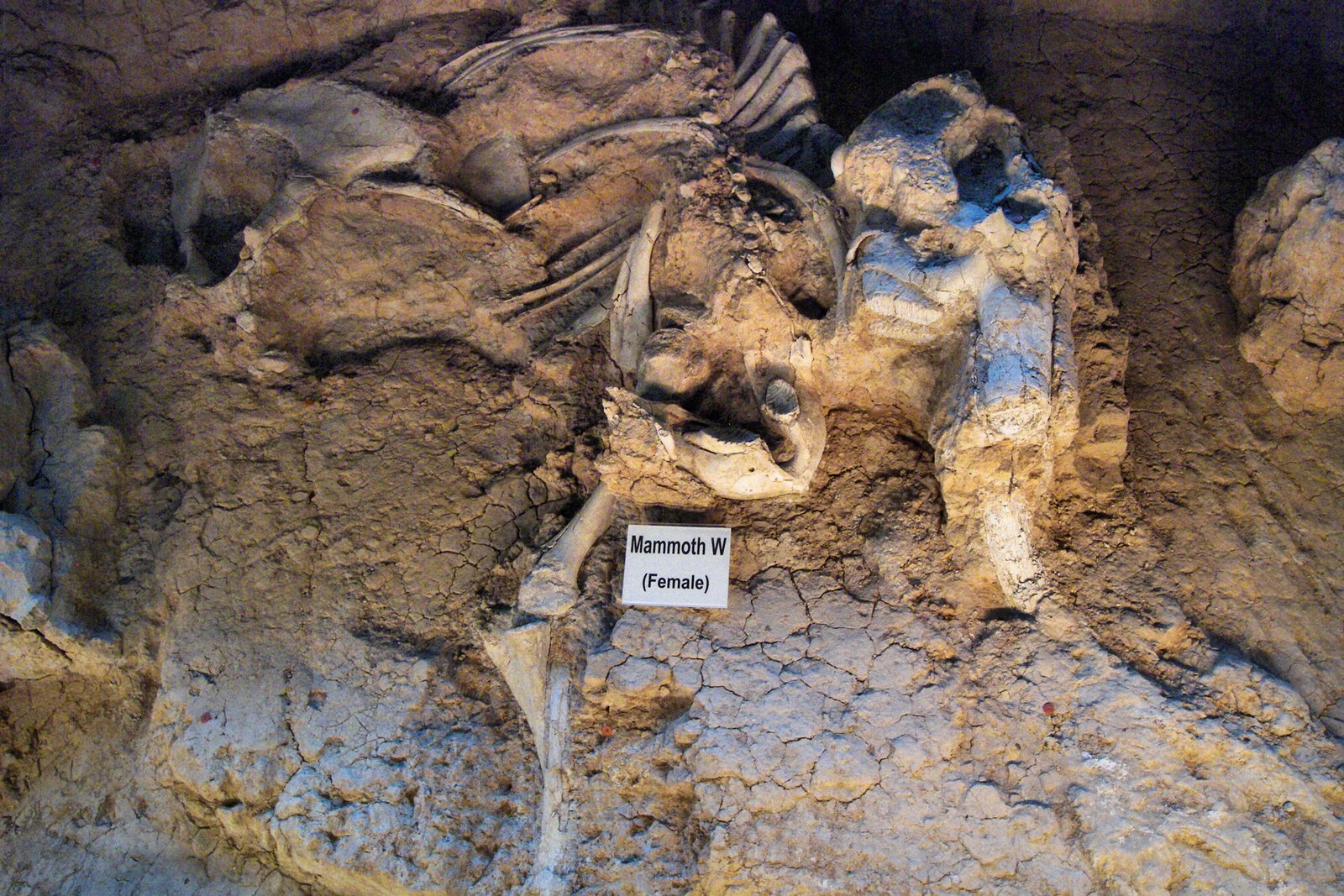
Even after their extinction, mammoths lingered in the folklore and imagination of China’s people. Some ancient texts describe “dragon bones” being unearthed—likely mammoth fossils mistaken for mythical creatures. These bones were ground into powders for medicine or displayed as curiosities. In some regions, stories grew around the mysterious giants who once roamed the land, their massive bones sparking tales of monsters and heroes. Today, the mammoth stands as a symbol of endurance, mystery, and the deep past that connects all of us to the natural world.
Modern Beijing and the Hidden Ice Age

It’s easy to forget the ancient world as we rush through Beijing’s crowded streets. Yet, beneath the layers of concrete and steel lies a silent record of the Ice Age. Occasionally, construction crews still stumble upon a mammoth bone or tusk, reigniting curiosity about the animals that once called this place home. Museums in the city house impressive displays of fossils, inviting visitors to imagine a very different Beijing. The connection between past and present is always there, just waiting to be uncovered. Every bone is a message from the Ice Age, whispering secrets from a time when mammoths ruled the plains.
The Global Story: Mammoths Beyond China
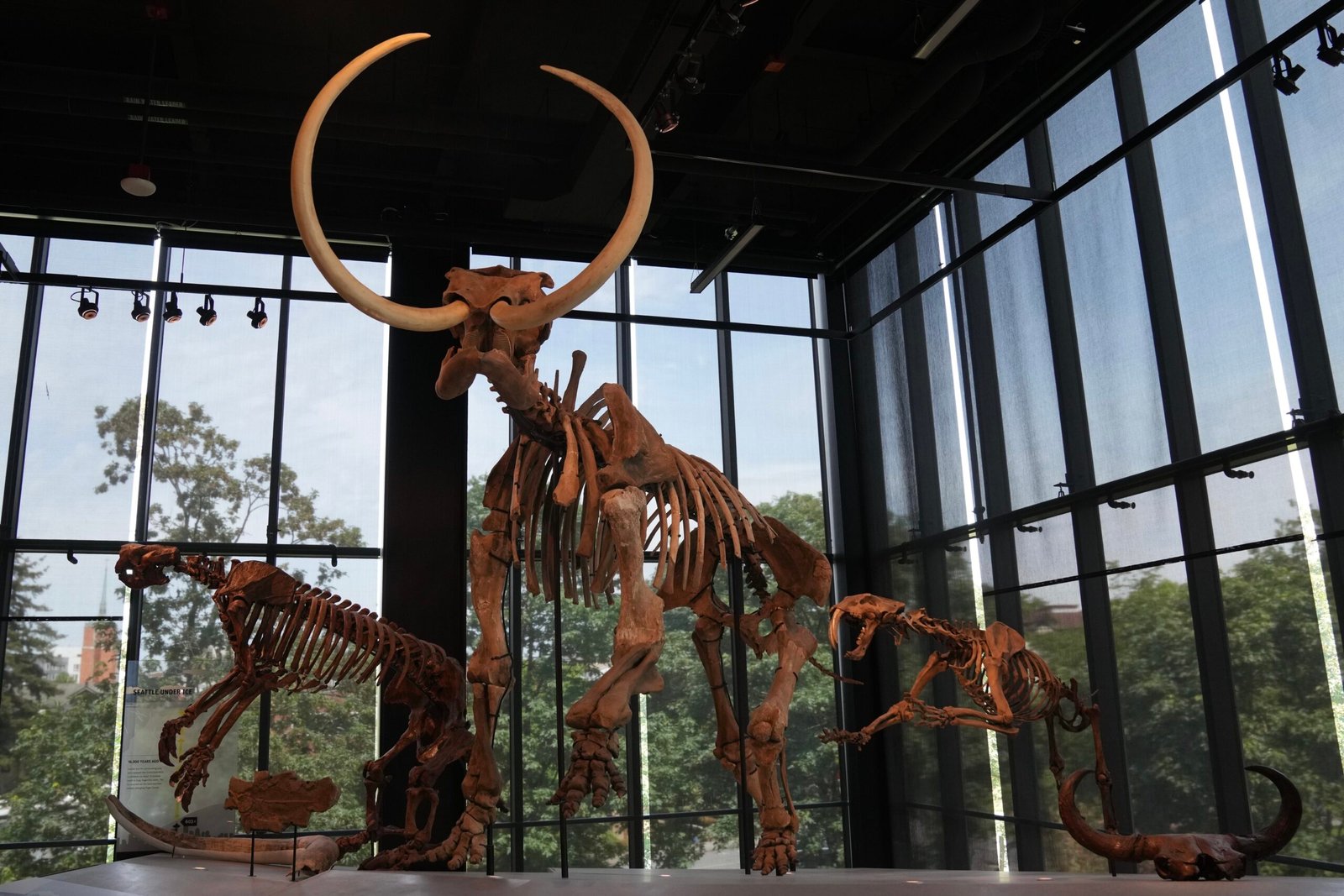
Mammoths weren’t exclusive to China; they roamed across Europe, Siberia, and North America. Yet, the story of Chinese mammoths is unique, shaped by the region’s climate, geography, and human history. Their cousins in Siberia survived a bit longer, thanks to colder temperatures and isolated habitats. In North America, mammoths crossed land bridges and shaped the lives of early peoples. Studying mammoths globally helps scientists understand how animals adapt—or fail to adapt—to changing environments. But the Beijing mammoths remain a local legend, a reminder of nature’s power and fragility.
Lessons from the Past: Mammoths and Modern Conservation
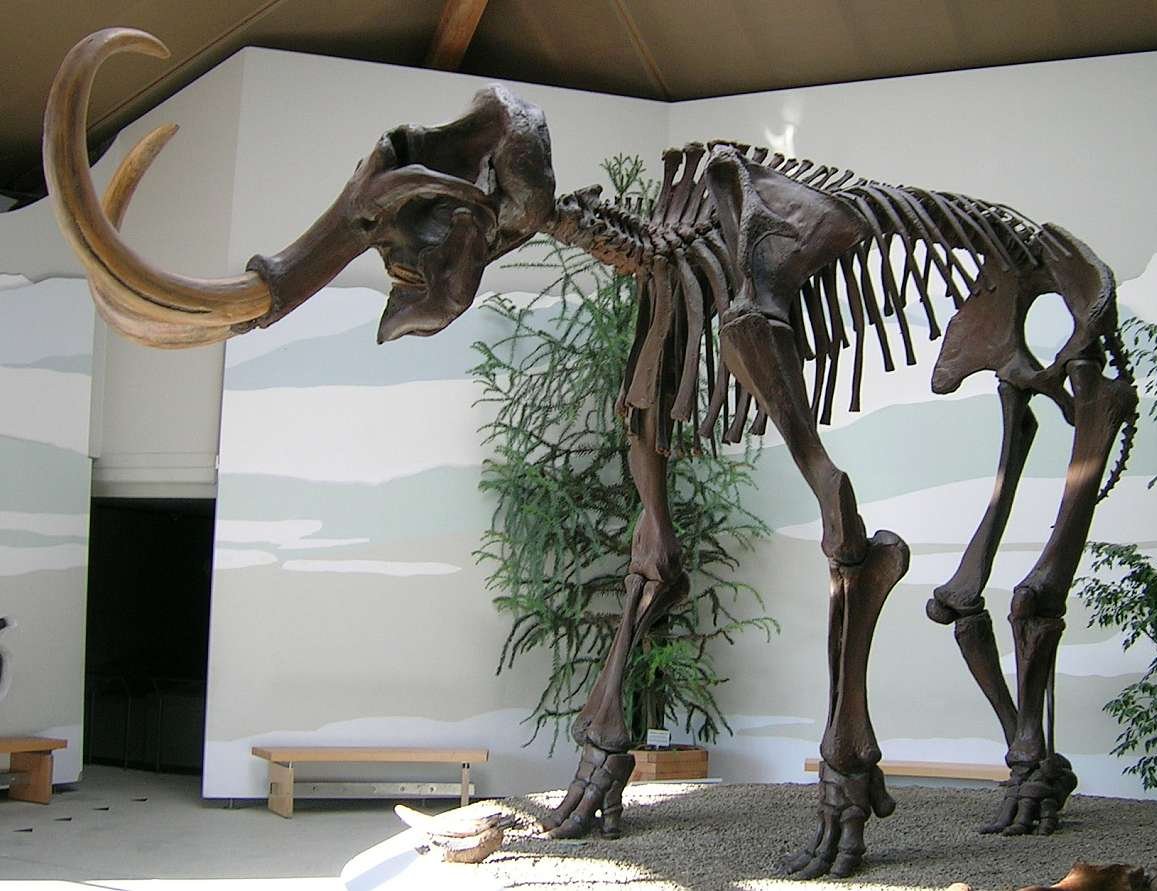
The extinction of mammoths is more than a scientific curiosity—it’s a warning. As our world warms and habitats vanish, the lessons of the Ice Age feel urgent. Mammoths couldn’t adapt fast enough to the changes around them, and modern animals face similar threats. Conservationists look to the past to guide efforts today, hoping to avoid repeating history’s mistakes. The story of the mammoth is a call to action: protect what we have, or risk losing it forever. Their bones are a silent plea, echoing through the centuries.
Mammoth Remains as a Window into Climate Change
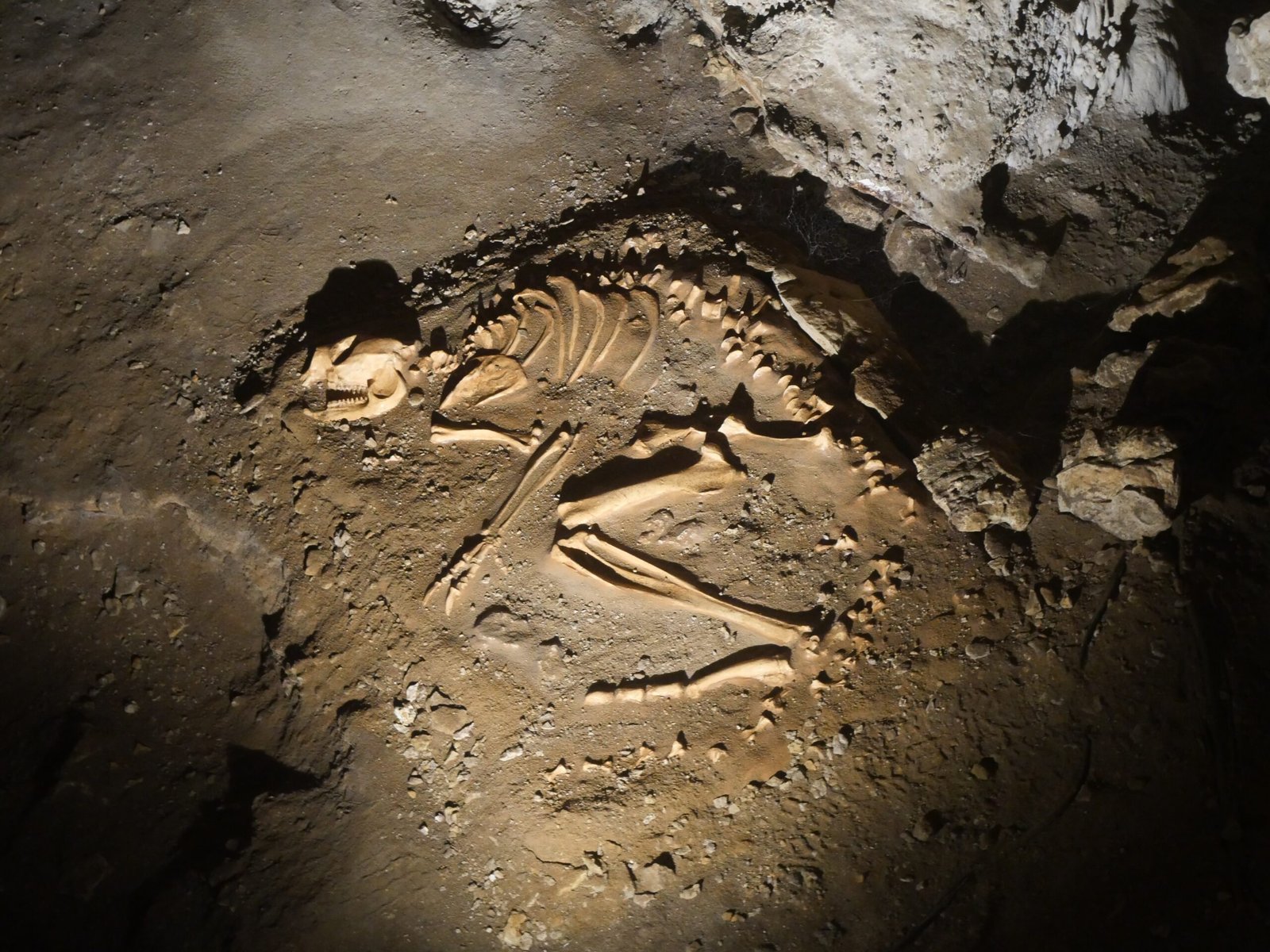
Every mammoth bone is a time capsule, preserving evidence of ancient climates, plants, and even diseases. By analyzing isotopes in tusks and teeth, scientists can reconstruct weather patterns from thousands of years ago. This information helps us understand how ecosystems respond to rapid change—a lesson with clear implications for today’s warming world. Mammoth fossils are more than just museum pieces; they are scientific goldmines, helping us piece together the puzzle of Earth’s climate history. In a way, these ancient giants are still teaching us, their silent stories more relevant than ever.
The Mammoth’s Influence on Modern Science
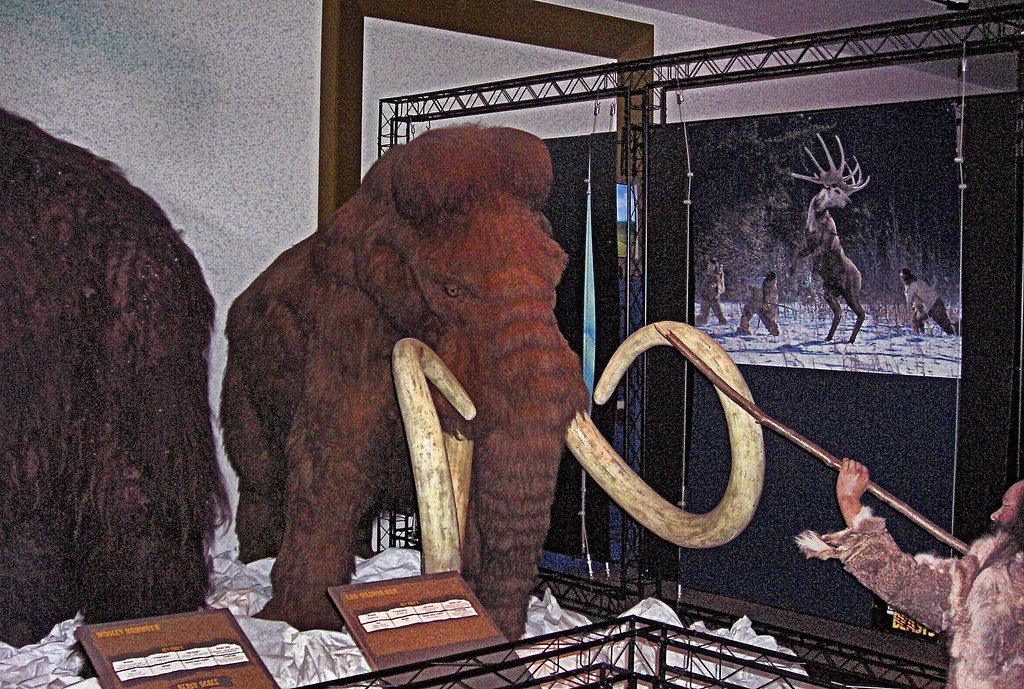
Mammoths inspire more than curiosity—they fuel cutting-edge research in genetics, ecology, and archaeology. Their remains have helped develop new techniques for extracting ancient DNA, dating sediments, and reconstructing entire ecosystems. The questions raised by mammoth discoveries challenge scientists to think bigger, ask bolder questions, and push the boundaries of what’s possible. In classrooms across China, children learn about mammoths as part of their heritage, sparking dreams of discovery and adventure. The legacy of the mammoth is not just about extinction, but about the endless possibilities of scientific exploration.
Personal Encounters: The Thrill of Finding a Mammoth Fossil
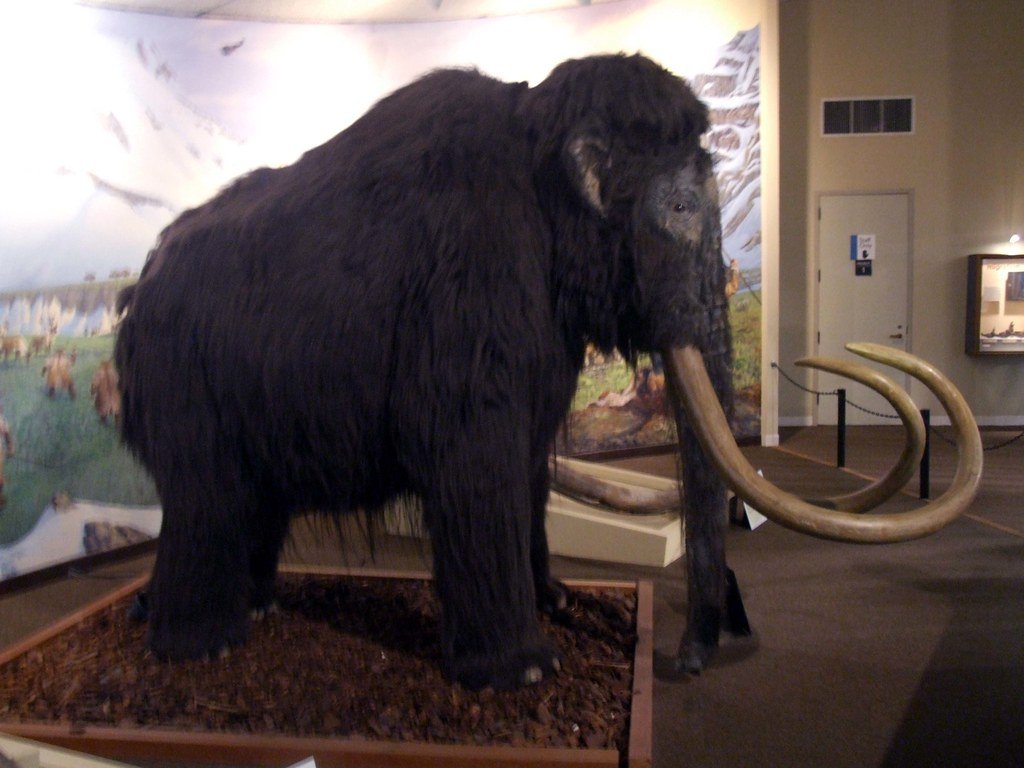
Imagine the rush of stumbling upon a mammoth tooth while hiking, or hearing stories from elders who remember when “dragon bones” were found in their villages. For many in northern China, the discovery of mammoth remains is a tangible link to the past. These moments are filled with wonder and excitement, turning ordinary people into accidental paleontologists. The thrill of uncovering a piece of prehistory is hard to describe—it’s like shaking hands with a ghost from a time when the world was wild. These personal encounters keep the mammoth’s story alive, generation after generation.
Could Mammoths Return? The Debate Over De-Extinction
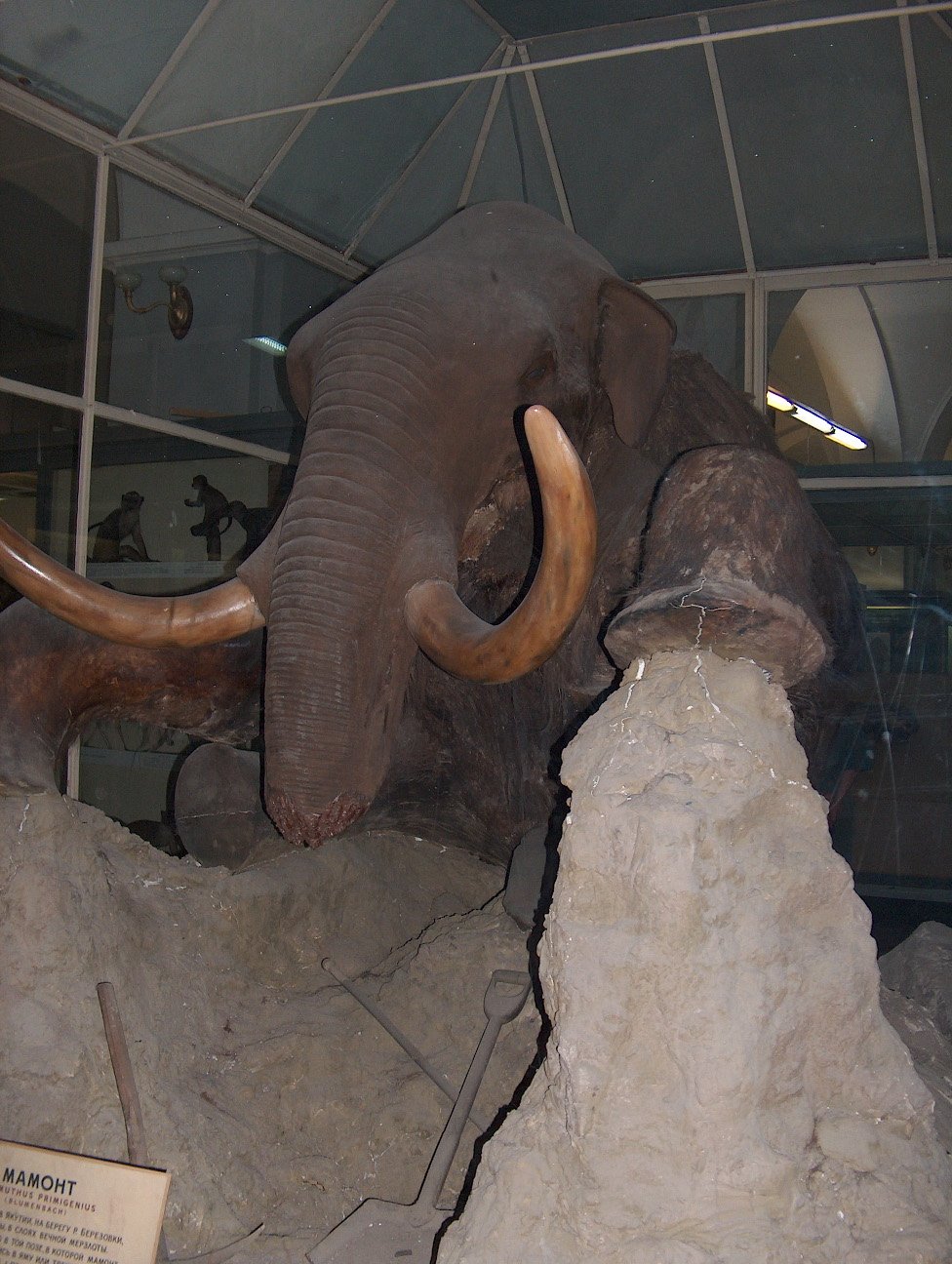
The idea of bringing mammoths back to life captures imaginations around the world. Some scientists believe that, with enough genetic material and advanced technology, it might be possible to create a living mammoth—or at least a close relative. Supporters argue that reintroducing mammoths could help restore lost ecosystems, while critics worry about unintended consequences. The debate is fierce, blending science fiction and real-world ethics. Whether or not mammoths ever walk northern China again, the dream itself is a testament to humanity’s longing to reconnect with the wild. For now, mammoths remain a symbol of what once was—and what could be.
A Legacy Written in Bone and Memory
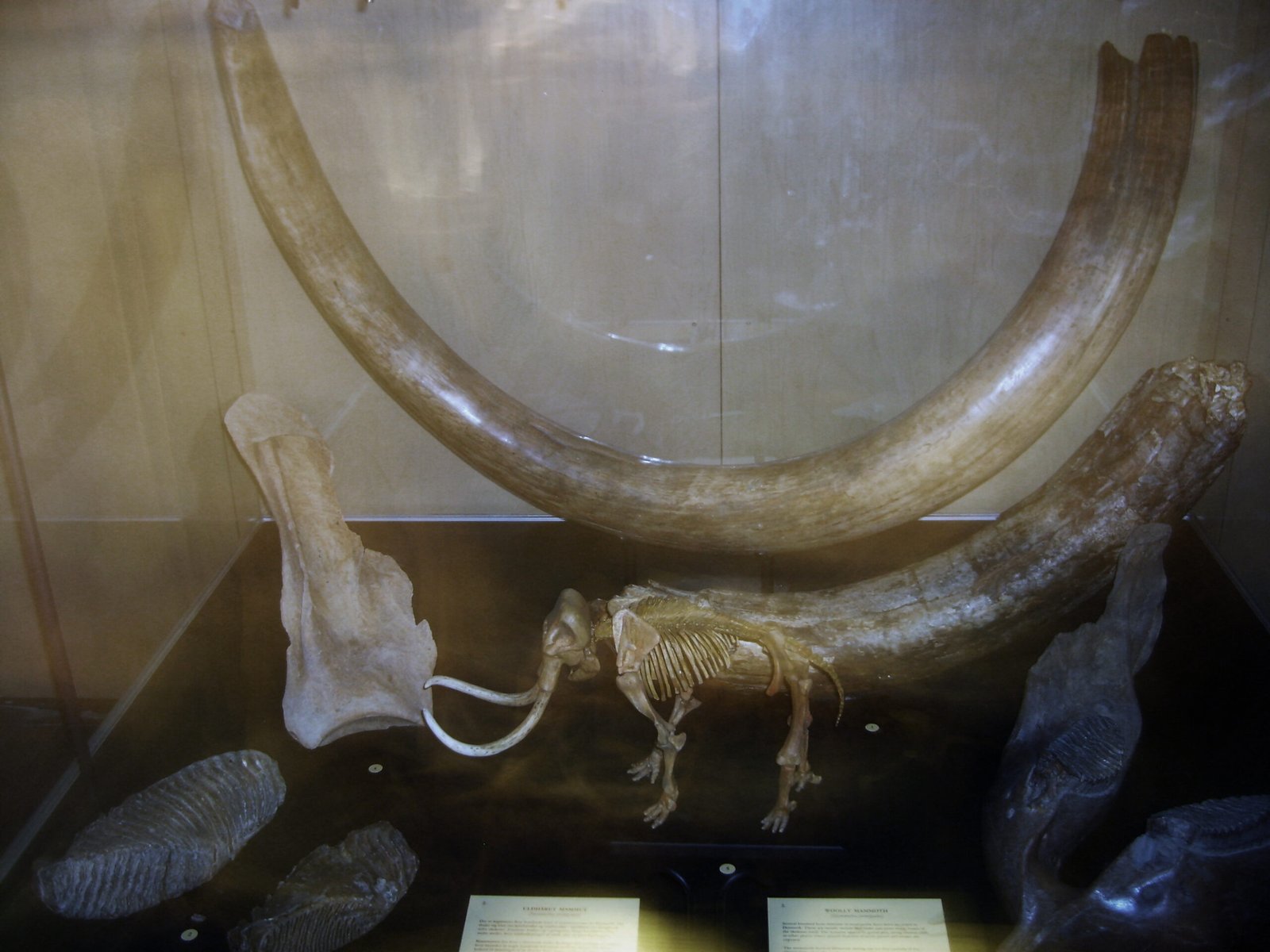
The story of the mammoths of northern China is more than just ancient history. It’s a living legacy, written in bones, etched into the landscape, and carried in the imagination. These Ice Age giants remind us of just how much the world can change, and how quickly the mighty can fall. Their memory lingers in every fossil, every legend, and every scientific breakthrough. Standing in modern Beijing, it’s almost impossible not to wonder: What other secrets lie hidden beneath our feet, waiting for someone to rediscover them?

